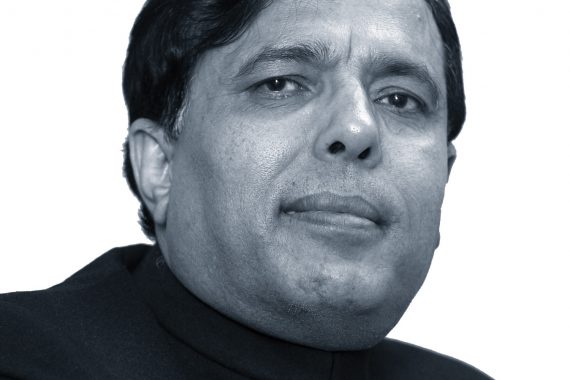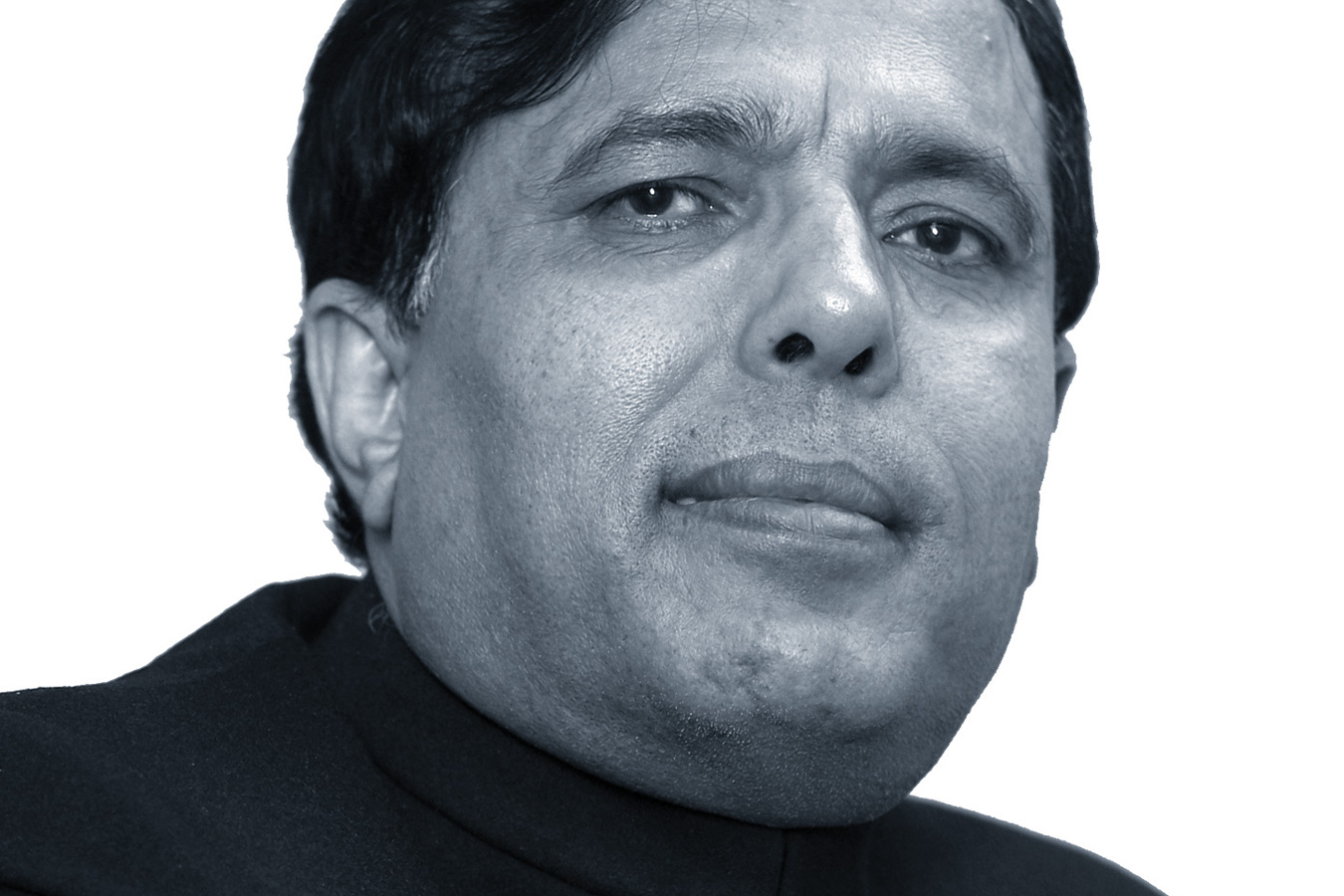The new contract recognises the GP crisis – but it has a hidden agenda


Dr Kailash Chand BLOG_duo-3x2_LR
In the new five-year GP contract, general practice has finally received sufficient funding from the Government that, on the surface, claims to offer a solution to the incredible strain that has been undermining patient care for the best part of a decade.
Plans are laid out for an expanded workforce, for tackling the avalanche of paperwork and for rescuing practices that face collapse.
It also provides support for doctors buckling under this strain, with services to help address burnout and stress, and pledges to introduce a range of other professionals – such as pharmacists, physiotherapists and nurses – to the workforce, in a bid to help share the workload.
On the face of it, this is a credible vision, bringing together a number of different strategies in a genuine effort to help general practice.
This new contract is designed as an endgame – with the final stages seeing the GP workforce replaced with low-paid pharmacists, physiotherapists and nurses.
This new contract is designed as an endgame – with the GP workforce replaced with low-paid pharmacists, physiotherapists and nurses
It represents the first time in years the severity of the crisis has been recognised – and we should therefore welcome the additional investment and many of the measures agreed by the BMA and NHS England.
In particular, the pledge to fund indemnity for all GPs and general practice staff – something I have been pleading for, for a long time – is important.
But the big question is will these measures deliver what patients want: better access and sustainable services in their local practice? Will this lift the sinking morale of the profession?
I am old enough to recall when a new GP contract for GMS practices was agreed in 2004.
After the initial wave of happiness it didn’t take long for joy to turn to tears.
There was a gradual realisation that the political agenda was to break up the traditional model of general practice and move to a new business-like approach of providing primary care.
This model sacrificed GPs’ independent contract status, while killing off continuity of care.
I believe this new contract is a continuation of that ideology.
It is designed as an endgame – with the final stages seeing the GP workforce replaced with low-paid pharmacists, physiotherapists and nurses.
One of my bigger concerns is that all practices are being asked to join a network – designed on a business healthcare model, complete with clinical lead and governance processes – by July.
Large healthcare companies could step in and start running them, with GPs becoming salaried and terms and conditions being dictated by private providers.
With more than 100,000 full-time posts vacant across NHS hospitals, there is also the question of where the nurses and other clinical staff will be found to supplement GPs.
I hope I am wrong, but I believe that the new contract as it stands has a hidden agenda – and is not a panacea or saviour of general practice, despite all the pronouncements of its merits.
Dr Kailash Chand is a retired GP in Tameside
Pulse July survey
Take our July 2025 survey to potentially win £1.000 worth of tokens












